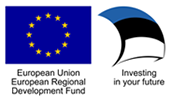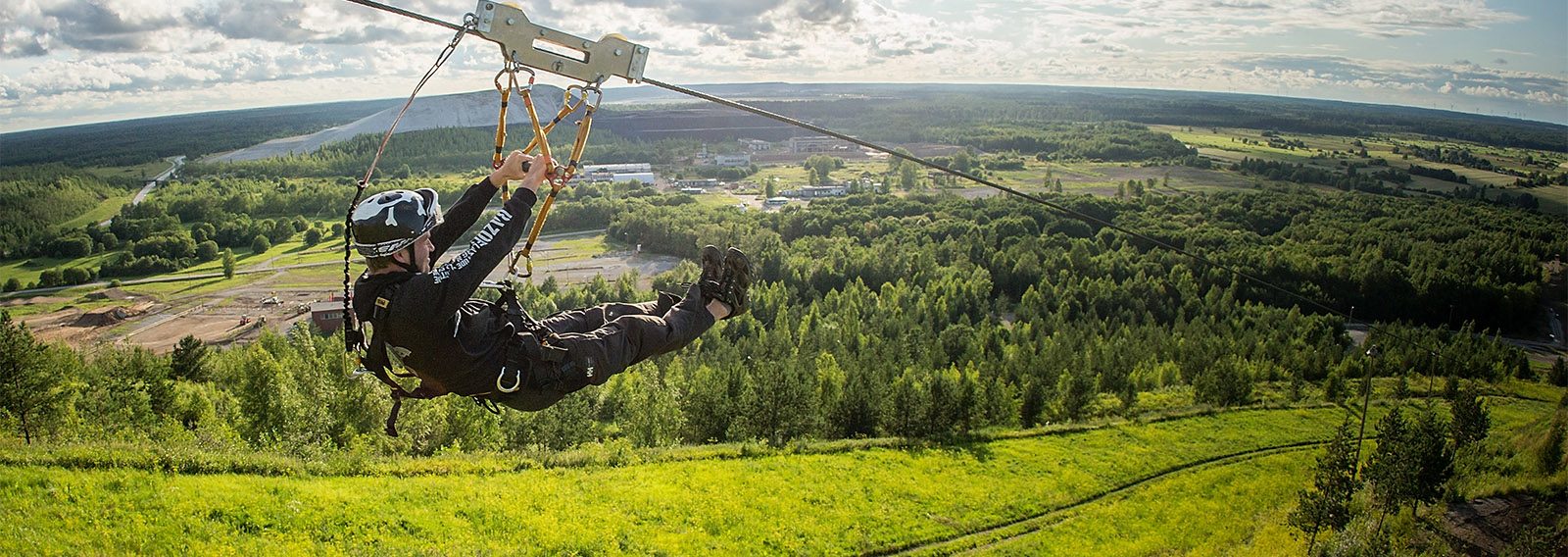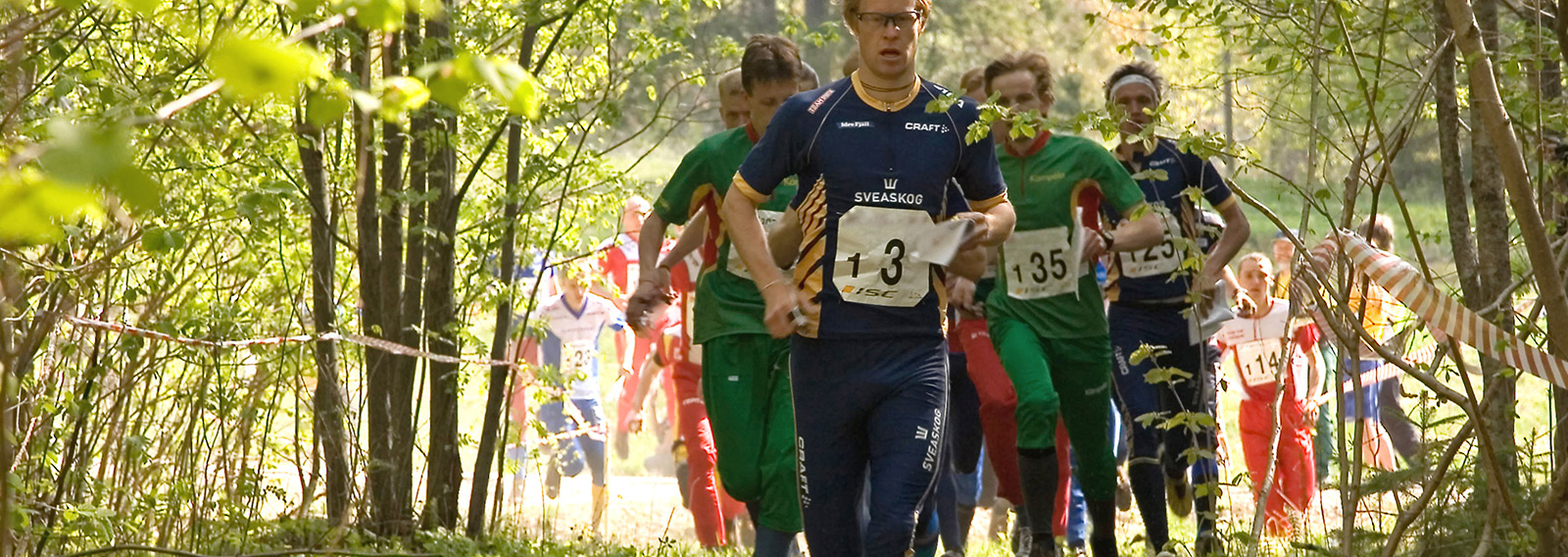The population’s physical activity survey 2016 reveals that the share of adults who participate in sports in Estonia has risen to 54 per cent, which means a year-on-year increase by as much as 9 per cent. This implies that the number of residents in Estonia who exercise regularly at least twice a week has for the first time exceeded the number of those who play sports less frequently or not at all.
According to Peeter Lusmägi, the head of Sports for All division of the Estonian Olympic Committee, one of the important reasons of such increase of sports enthusiasts is the abundance of venues for playing sports. “International studies show that the existence of places for sporting plays the most key role in encouraging individuals to engage in regular sporting activities.” Another reason behind the increase of the number of sports enthusiasts is the increased understanding of the matter. “People have become increasingly more aware of the benefits of playing sports, and are able to use their leisure time better. Moreover, the ability to make a choice between different sports and sporting equipment also demonstrate this improved understanding – while a couple of years ago Estonians identified the high cost of sporting as one of the prohibitive factors, today people are well aware of the fact that in order to play sports one does not need an expensive and specific sports gear or club membership card, instead they can also exercise in the clothes of their choice close to home,” Lusmägi says.
The predominantly most widespread reasons which encourage Estonians to play sports are the health benefits (60%), pleasure derived from sporting and the possibility of reducing stress (51%), and the desire to be fit and look good (32%). All other reasons fall far behind. The main obstacles preventing from playing sports, identified by the respondents, were lack of time (44%), which was followed by limitations stemming from age (25%), lack of motivation and laziness (22%) and the fact that one’s job was tiring enough (16%). Therefore, the main reasons were rather personal – only 2% of the respondents mentioned lack of possibilities for engaging in sports.
The physical activity survey was commissioned by the Health for Active Life Innovation Cluster SportEST and the Sports for All Association and conducted by Turu-uuringute AS in September 2016, when 1014 individuals aged 15 to 69 from all counties of Estonia were polled. The data received were compared against results of surveys conducted in previous years. The population’s physical activity survey 2016 is co-financed by the European Regional Development Fund.
Additional information:
Peeter Lusmägi
Head of Sport for All, EOC
Tel: 511 9152
E-mail: peeter@eok.ee
Work out sensibly, Spring 2017
___________
* Head of the Cluster






